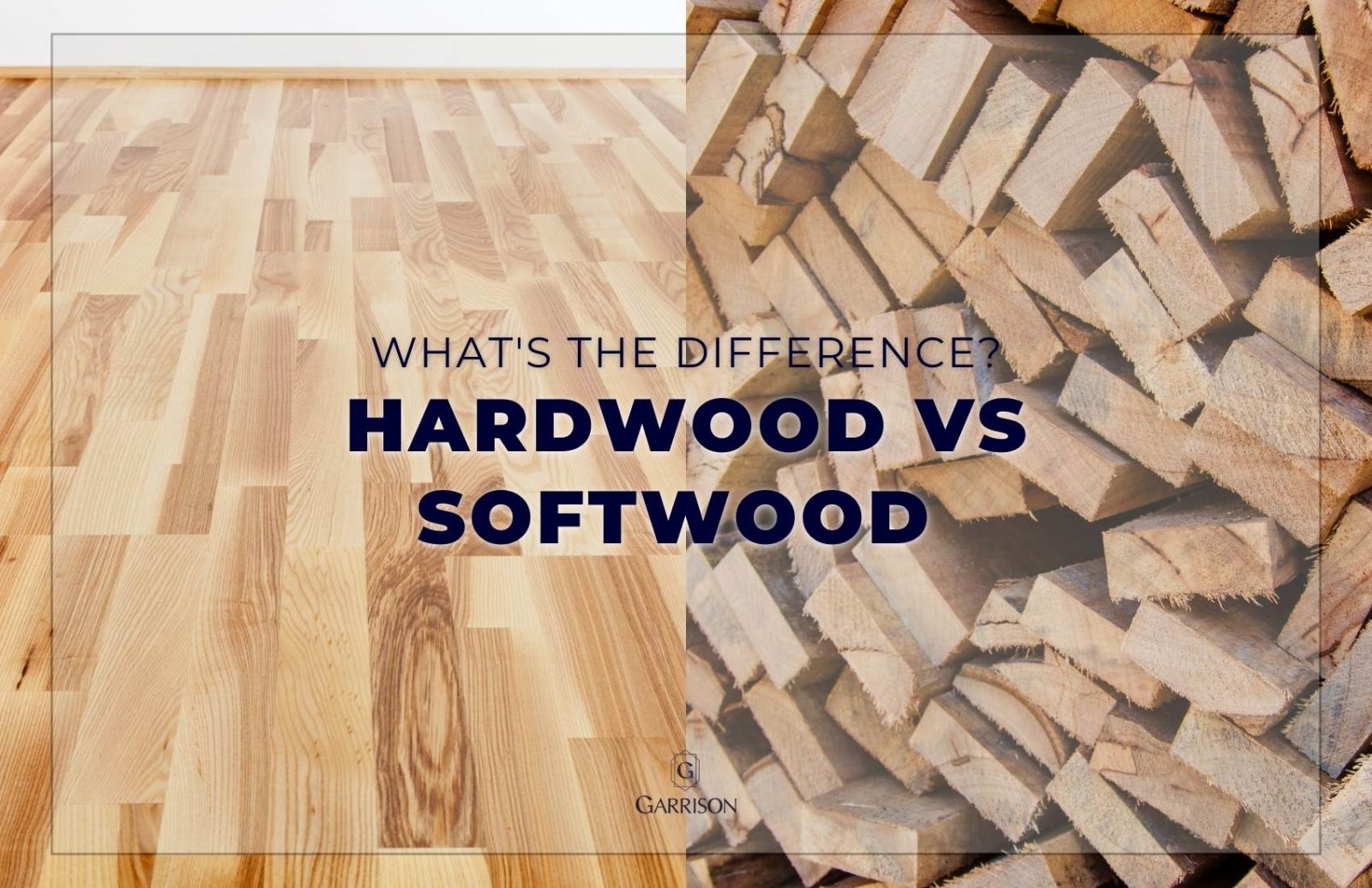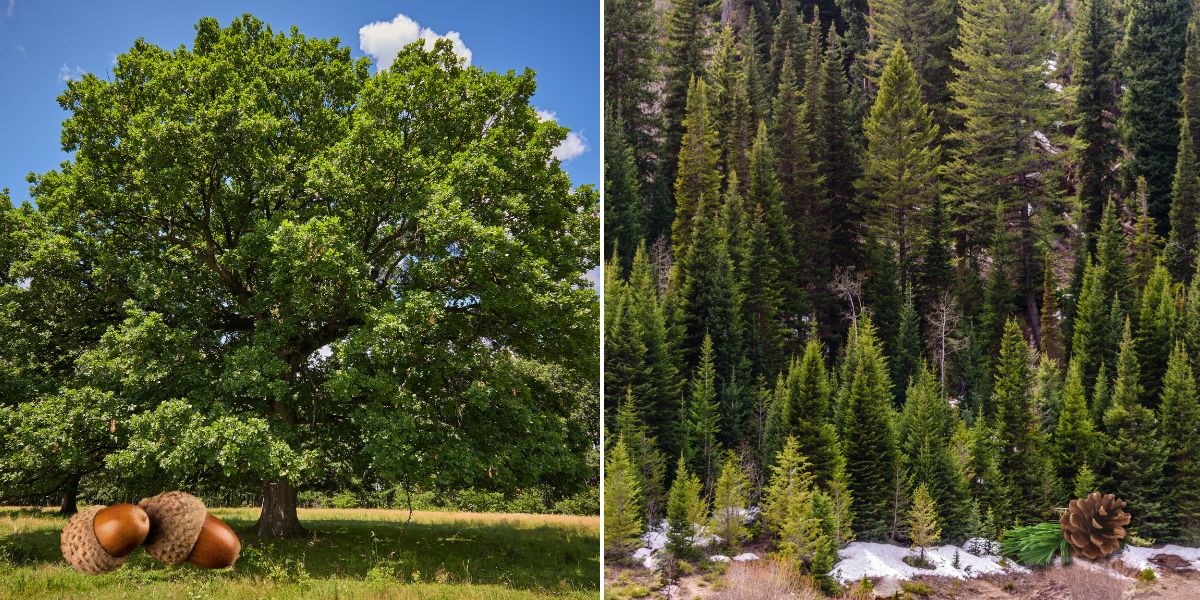Hardwood vs Softwood – What’s the Difference?
“Hardwood vs Softwood” – ever heard someone pit these two terms against each other? Like so many debates, people often have strong opinions about which is better. But which is really better?

Hardwood vs Softwood: Examining the Differences
The truth is, hardwood and softwood aren’t really rivals. In fact, each type of wood has its own unique characteristics and advantages depending on the project you’re doing. So let’s take a closer look and see what makes them different, and how you can use each one in the right context.
When it comes to hardwood, the first thing that comes to mind is usually oak or maple. That’s because these are indeed the two most popular hardwood species. But there are a lot of others too – birch, cherry, walnut, and hickory, just to name a few.
Hardwoods are woods that come from angiosperms, which are flowering trees that produce nuts, fruits, and seeds. These trees typically have leaves and are deciduous, meaning that they shed their leaves every fall.
Softwoods, on the other hand, are a bit more diverse. While these woods traditionally come from conifers like spruce, pine, fir, and cedar, some hardwoods like yew and hemlock are actually considered softwoods. Softwoods are mostly evergreen, meaning they keep their needles throughout the year.

(Left) Hardwood – Oak Tree | (Right) Softwood – Pine Trees
Hardwoods tend to be more expensive than softwoods, but that’s because they’re also sturdier and denser. This makes them better suited for construction projects that require strength and durability, such as flooring, cabinetry, and furniture making. Hardwoods also tend to be easier to work with and less prone to splitting and cracking, so they’re a great choice for anyone wanting to make beautiful, lasting pieces of furniture.
Softwood, on the other hand, isn’t as hardy as hardwood, but it’s still a great choice for certain projects. Softwood is usually much cheaper than hardwood and it’s also more lightweight. This makes it ideal for smaller projects like craft projects, building scaffolding, and even window frames. Softwood is also less likely to splinter and it takes paint, sealers, and other finishes better than hardwood does.
Finally, it’s worth noting that some hardwoods and softwoods are easier to find, depending on where you live. For example, in the US, oak is a common hardwood while pine is a common softwood. But if you’re looking for rarer woods, you may have to look online or find a company that locally carries them.
Overall
Overall, there’s no definitive “better” wood when it comes to hardwood vs softwood. In the end, it all comes down to the individual characteristics of each type of wood, and what you’re looking to use it for. Knowing the difference between the two and their individual strengths and weaknesses can help you make the best choice when it comes to your project.